This entry was posted on Sep 8, 2025 by Charlotte Bell.
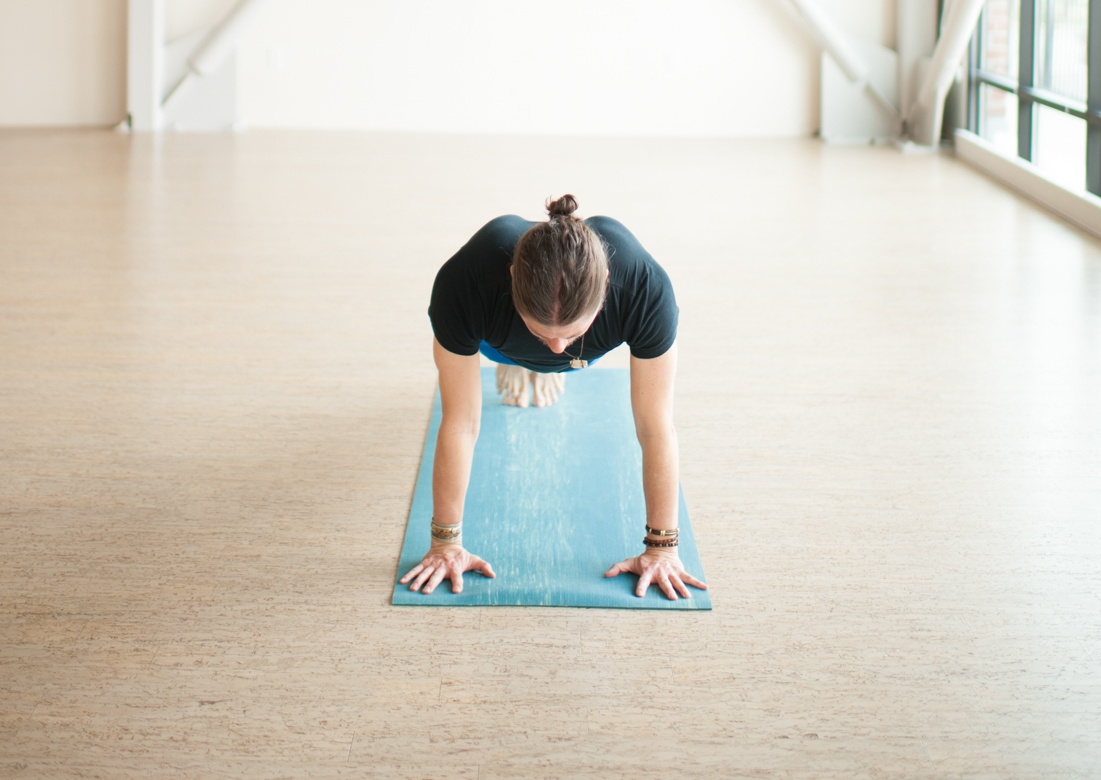
After we consider balancing in yoga, Tree Pose (Vrksasana) is commonly the primary pose that involves thoughts. In fact, there are many different poses that may problem, and subsequently domesticate, good steadiness. However how will we practice our our bodies to apply these poses? Some time again, I posted a weblog on the 6 Components of Good Stability. All the weather of steadiness are of equal significance, however as we speak’s publish will give attention to yoga for core energy as a technique to stabilize our steadiness.
When most of us consider the core, we consider the stomach muscle tissues. However the core is a complete system. It consists of the stomach, sides and again; and even the stomach organs. Wait … the organs? Sure, how the contents of the stomach seat contained in the construction can decide whether or not our core really engages—or doesn’t.
On this publish, I’ll recommend a brief sequence that may assist you stabilize your core, with a purpose to help your physique’s means to remain in steadiness. However first, a lesson on a small bone that may make an enormous distinction.
The Hyoid Bone and the Core
The hyoid bone is a small, u-shaped bone within the entrance of your neck that sits just under your chin and above your thyroid cartilage. Place your proper thumb on the appropriate facet of your neck just under your chin and your index finger on the left facet. You’ll be able to really feel the ridges on its floor should you palpate the world. As a result of it’s the solely bone within the physique that isn’t connected to a different bone it’s fairly cellular. If you happen to press on it from the appropriate, you’ll really feel the left facet pushing out in opposition to your index finger and vice versa. Its major features are to assist transfer the tongue and to facilitate swallowing.
The place of this little bone powerfully impacts your posture. In case your chin and hyoid bone are jutting ahead or your head is tilting again, your whole core—inner constructions similar to your organs—will push ahead into your stomach wall. While you draw your hyoid again, lengthening the again of your neck and lifting the bottom of your cranium, your organs and stomach wall draw again giving frontal help to your backbone.
Core Stability in All Your Poses
So what does this need to do with core stability? In case you are jutting your chin out and throwing your head again in Plank Pose (Phalakasana), Chicken Canine Pose (Parsva Balasana), 4-Limbed Workers Pose (Chaturanga Dandasana), your organs and stomach will sag towards the bottom, making the pose much more tough as your arms struggle the burden of your core. Drawing your hyoid again permits your core to carry up into your again physique, stabilizing your pose. You’ll be able to apply this precept to actually each pose we apply in yoga. Yoga for core energy begins with conserving your head in a impartial place relative to your backbone and drawing your hyoid bone again.
Yoga for Core Energy: A Quick Sequence
I’ve designed this sequence to handle all of the completely different features of the core.Preserve your hyoid bone in thoughts as you apply this sequence.
Chicken Canine (Parsva Balasana) Movement
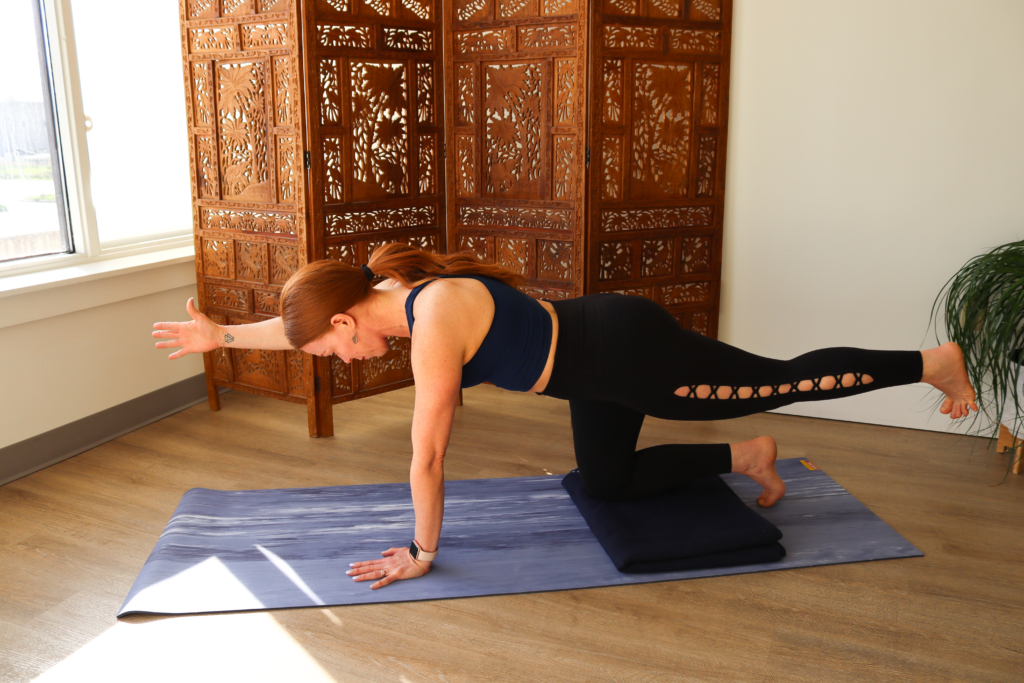
The Chicken Canine Movement challenges steadiness whereas it stabilizes each the back and front sides of the core. As a result of our head place is horizontal, the circulate stimulates the vestibular system. Right here’s an evidence of the collection.
Child Backbends (Salabhasana Variations)
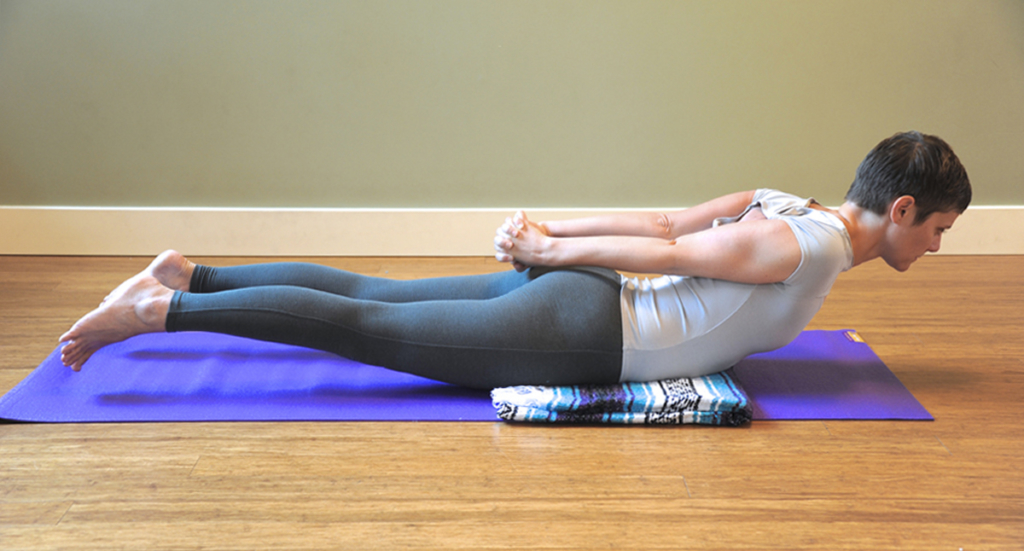
Child backbends are sometimes given quick shrift in yoga lessons. As a result of their actions are extra delicate than, say, Upward Bow Pose (Urdhva Dhanurasana), they’re usually relegated to “starting” lessons. Whereas Upward Bow requires extra shoulder, backbone and hip joint mobility than Locust Pose, it doesn’t require as a lot energy. Within the so-called “child” backbends, your again muscle tissues are completely on their very own, with no assist out of your limbs. Child backbends are a vital software in your yoga for core energy toolbox. Learn this weblog on a sequence for training child backbends.
Downward Dealing with Canine Pose (Adho Mukha Svanasana)
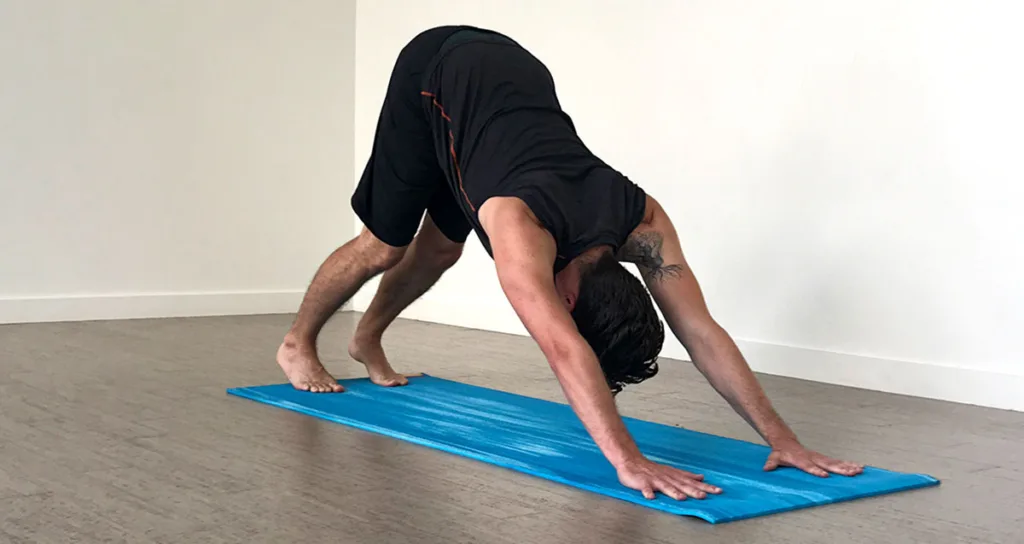
Canine Pose is nice for no matter ails you. It strengthens the core because it stretches the torso. The pose additionally stretches the shoulders and hamstrings, whereas it strengthens the higher physique. Be happy to sprinkle Canine Pose in between poses all through this collection. Apply with bent knees so to give attention to lengthening your torso.
Plank Pose (Phalakasana)
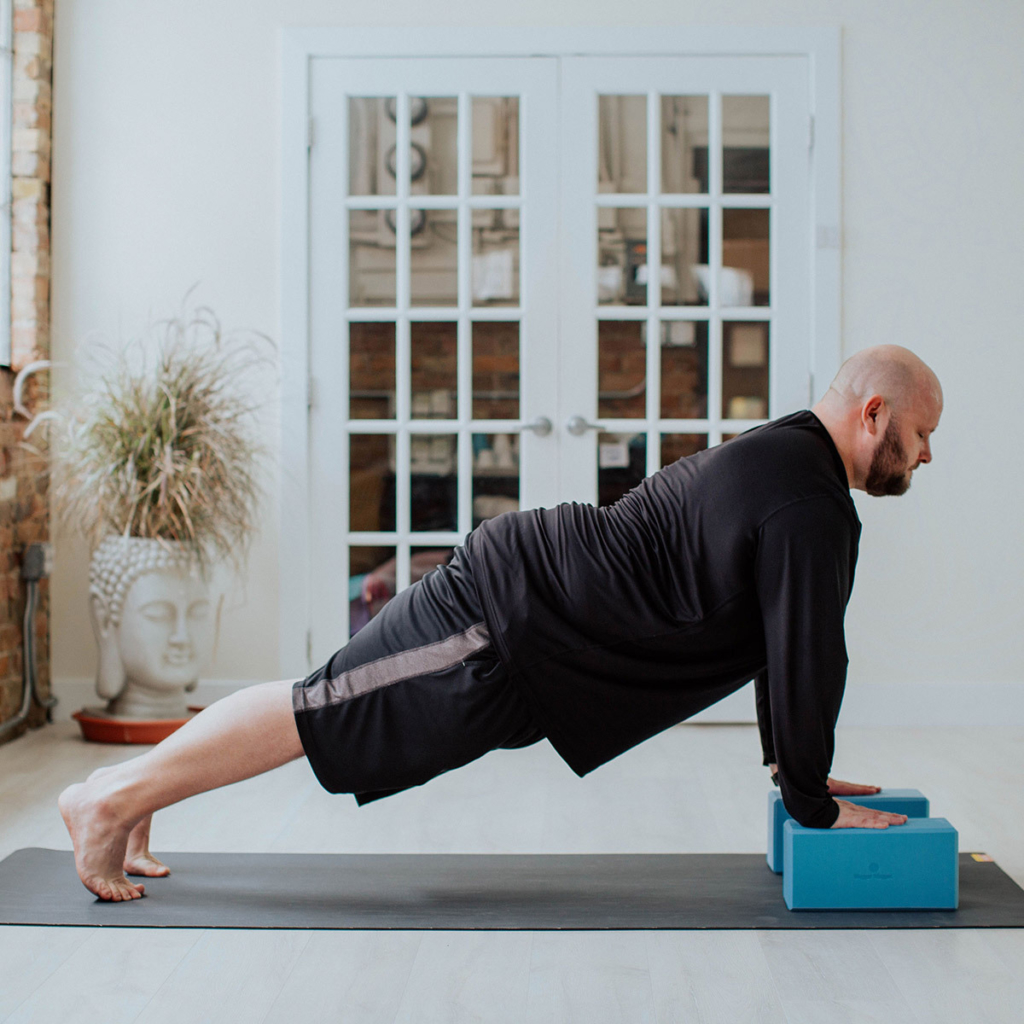
Plank Pose has changed sit-ups because the mainstream ab-strengthening pose of selection. Even the U.S. navy has changed crunches and sit-ups with Plank Pose. Like Chicken Canine Pose, Phalakasana strengthens each the back and front sides of the torso because it strengthens the higher physique general. Since we don’t but have a publish on the how-to on this weblog, I’ll describe it right here. You’ll be able to apply with palms on the ground, or should you choose to bypass the potential stress in your palms and wrists, you possibly can apply in your forearms.
How one can Apply Plank Pose on Your Arms
- Start in Downward Dealing with Canine Pose on a Yoga Mat.
- Along with your toes turned beneath, shift your physique ahead in order that your shoulders are straight over your wrists.
- Activate your legs by stretching your heels again, and ensure your hyoid bone is drawing again.
- Your physique needs to be in a straight line. In case your pelvis is both too excessive or too low, your core is not going to interact. Elevate and decrease your pelvis till you are feeling your abs interact.
- Keep for 3 to five deep breaths, or longer should you like.
- Launch your knees right down to the ground and relaxation in Baby’s Pose (Balasana).
How one can Apply Plank Pose on Your Forearms
- Start in Tabletop Pose (Bharmanasana) on a Yoga Mat.
- Place your elbows on the ground straight beneath your shoulders, and interlace your fingers.
- Step your toes again. Activate your legs by stretching your heels again, and ensure your hyoid bone is drawing again.
- Your physique needs to be in a straight line. In case your pelvis is both too excessive or too low, your core is not going to interact. Elevate and decrease your pelvis till you are feeling your abs interact.
- Keep for 3 to five deep breaths, or longer should you like. In my lessons, we apply the forearm model of the pose and keep for 60 seconds.
- Launch your knees right down to the ground and relaxation in Baby’s Pose.
Aspect Plank Pose (Vasisthasana)
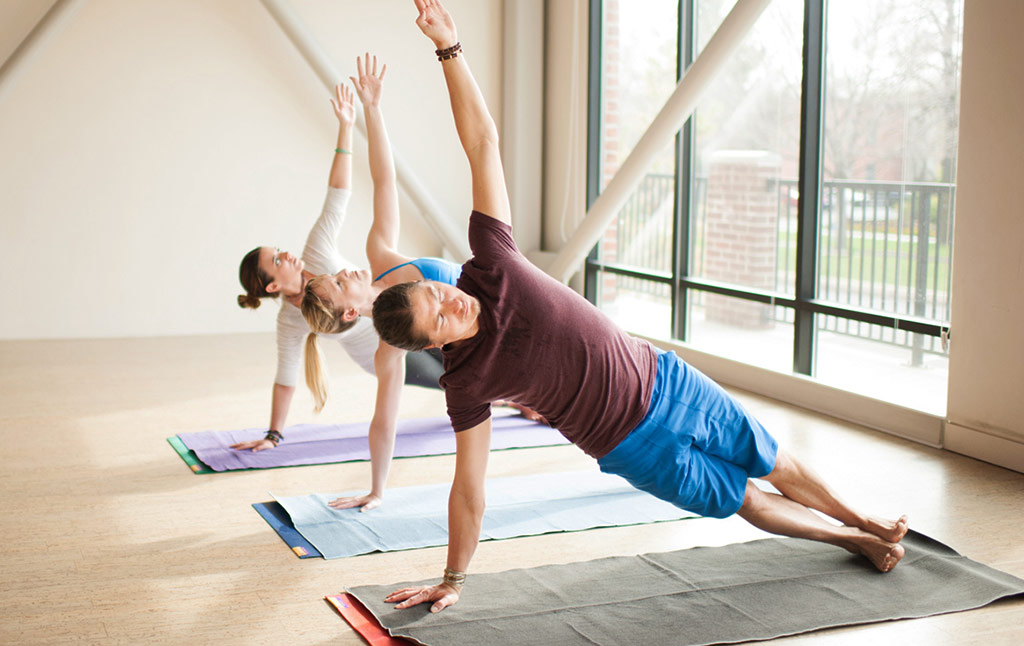
Aspect Plank Pose strengthens the perimeters of the physique because it promotes steadiness. Within the conventional model of the pose, we apply with straight arms. As with Phalakasana, some folks could profit from training on their forearms as a substitute. Listed below are just a few posts that designate Vasisthasana and several other wrist-saving variations:
Vasisthasana: Balancing Outdoors Your Consolation Zone
Aspect Plank: Strengthen Your Core, Save Your Wrists
Aspect Plank Pose: Vasisthasana
Ending Up: Yoga for Core Energy
Now that your core is heated up, there are a number of instructions you possibly can go. Listed below are some poses you would possibly wish to apply to stretch the core:
And naturally, don’t overlook to apply a pleasant, lengthy Savasana (Closing Rest).
About Charlotte Bell
Charlotte Bell found yoga in 1982 and started educating in 1986. Charlotte is the writer of Conscious Yoga, Conscious Life: A Information for On a regular basis Apply and Yoga for Meditators, each printed by Rodmell Press. Her third e-book is titled Hip-Wholesome Asana: The Yoga Practitioner’s Information to Defending the Hips and Avoiding SI Joint Ache (Shambhala Publications). She writes a month-to-month column for CATALYST Journal and serves as editor for Yoga U On-line. Charlotte is a founding board member for GreenTREE Yoga, a non-profit that brings yoga to underserved populations. A lifelong musician, Charlotte performs oboe and English horn within the Salt Lake Symphony and folks sextet Crimson Rock Rondo, whose DVD received two Emmy awards.

